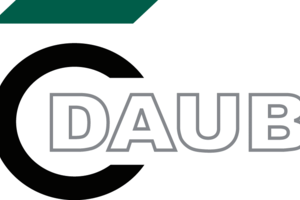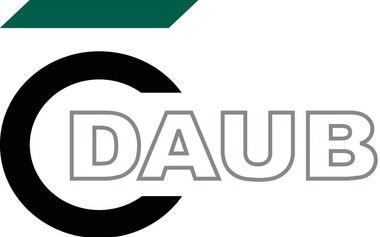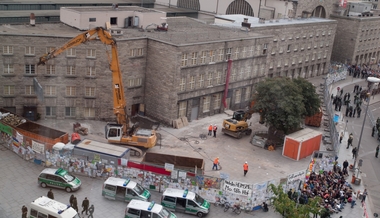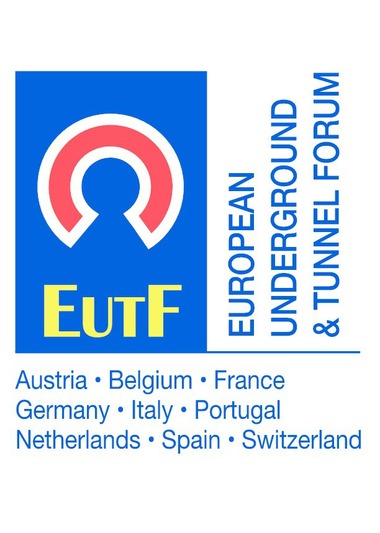DAUB Recommendation “Low-Conflict Contract for Underground Construction” Published
The construction of underground infrastructure projects is a complex and lengthy matter. Conflicts between the contracting parties often arise during the planning and especially during the execution phase. These conflicts emerge due to necessary replanning as a result of technical challenges recognized only in late planning phases, changed political specifications, changes in regulations or due to public protests and additional environmental requirements. If no adequate provisions for such unforeseeable developments have been made in the concluded construction contracts, such conflicts usually cause time and economic losses for all parties involved.
Efficient Project Implementation Through Conflict Avoidance
Conflict avoidance, on the other hand, leads to more efficient project implementation, better adherence to schedules, greater planning reliability, cost stability and thus significantly increased satisfaction for everyone – those responsible for schedules and contracts as well as employees.
For that reason, the German Tunnelling Committee (DAUB) has now drawn up a recommendation for the design of low-conflict construction contracts, which has been available for download on the DAUB homepage since April 2020 (www.daub-ita.de). This recommendation is significant because all parties involved in underground construction are represented in DAUB. The 30 members of DAUB are equally elected experts from public authorities and public clients as well as from science, planning and the construction industry. The path to a joint recommendation was correspondingly difficult: for a good 10 years, the working group, which met in different configurations, has been discussing the wording of the recommendation intensively.
Solutions in Line With the Common Project Objective
The recommendation now available takes into account the interests of all groups and is intended to support the development towards new contractual models and forms of cooperation that has recently become increasingly apparent in construction projects. The DAUB is convinced that in this publication important principles for the creation of a contract with as little conflict as possible have been taken into account in an appropriate way, without, for example, interfering with the sovereign decision-making rights of the clients.
However, the DAUB cannot and should not dictate in which form the recommendation is implemented. It will be decisive for the success of this recommendation that the attitude of the parties involved will develop away from a partisan point of view (client, contractor, service provider) towards conflict solutions based on partnership in the sense of the common project goal. And the basic ideas of this recommendation can also be implemented immediately in ongoing projects.
MBr






